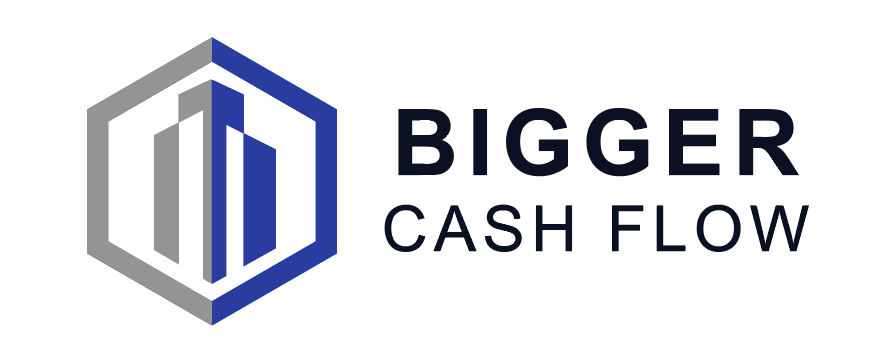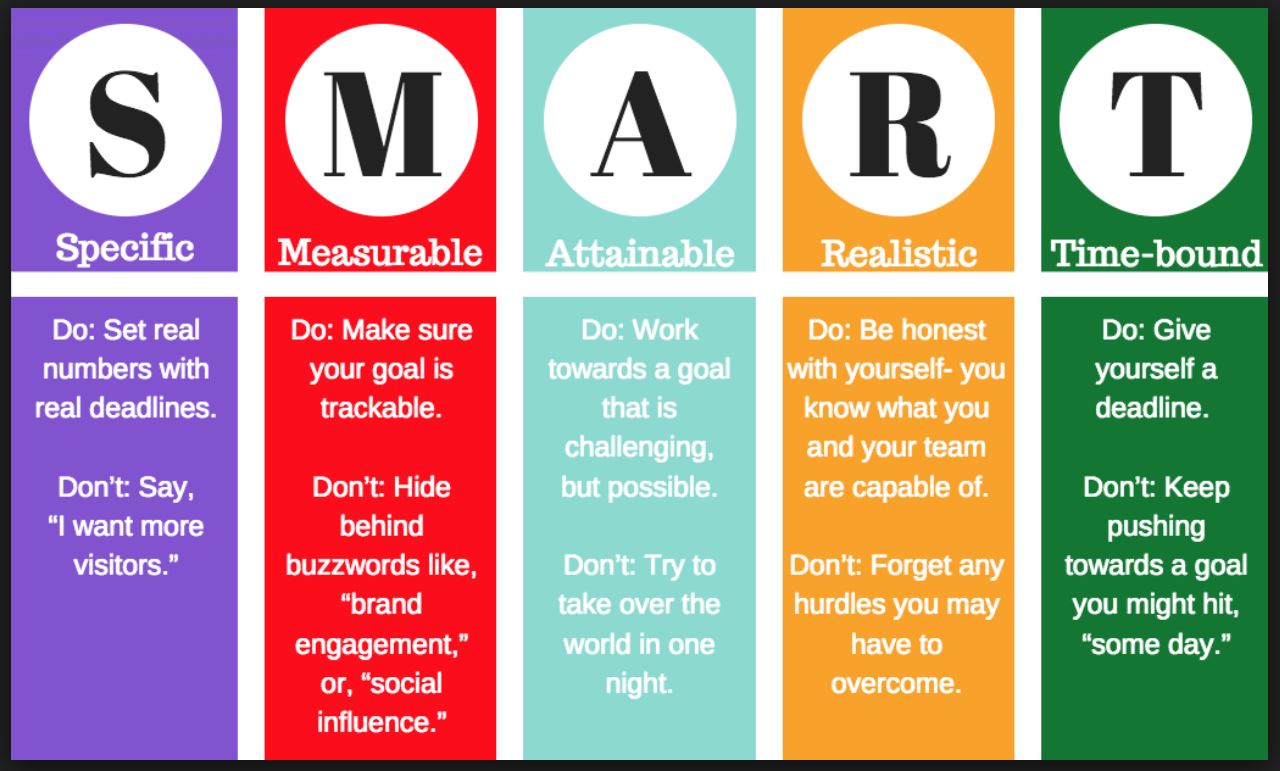Real Estate 021: Due Dilligence - Buy and Hold Rental Property Deal Breakers
/Some of my readers have asked me, "what are some deal breakers when it comes to underwriting a real estate investment?" This is a great question and something we all should think about before starting to invest. The reality is, if we do not set standards, we can easily be blinded by the cash flow and satisfying feeling of the hunt, where we start to purchase mediocre deals that produce mediocre results and delay your path to financial freedom.
Real estate is generally inefficient, meaning every property has a price depending on the condition, timing of the market, location, asset class, etc. that could potentially make it a good deal. Sometimes, that number is a negative, meaning the seller would have to take a loss to let go of the property to stop the bleeding. Some people may argue that large CapEx items such as an entire HVAC system, or foundation issues are deal breakers, however, a savvy investor may understand the problem at hand and be able to significantly reduce the acquisition price and the risk involved in the transaction. Other factors, such as increased crime rate and high vacancy are things that are less tangible and will have to be reviewed case by case.
Lets take a look at my top 5 list of real estate deal breakers:
1. Large houses and lots
This was a painful lesson that I learned and relates to my first rental property purchase. This home sat on a huge lot the size of half a football field which I thought was an advantage at the time. I believed that the large lot would attract tenants who wanted privacy as well as room in the backyard for family gatherings. In my situation this resulted in multiple break-ins during vacancies as the house was well-covered by trees and vandals were able to get in undetected by surrounding neighbors.
Large houses pose a similar dilemma as in my markets, a 3,000 sq foot home does not necessarily command 2x rents compared to a 1,500 sq foot home. However, a larger home means increased reserves as it costs more to replace a larger roof, paint more walls, and replace flooring. On the contrary, I also avoid homes that only have 1 bedroom 1 bath as they typically become rented by transient tenants who often do not renew their lease. As tenant turnover is one of the single biggest cash flow killers to a landlord, I avoid purchasing tiny homes altogether. I have realized that in the Midwest, a conforming 3 bedroom 2 bath home around 1,200-1,600 sq ft is ideal in attracting the type of tenants that stay long term and take care of my property.
2. High crime/War Zones
As discussed previously, a real estate investor must first decide where they would like to invest - A class, B class, or C/D class neighborhoods. Although each investor may have their own definition of these classes, I incorporate multiple factors such as school ratings, crime rates, median income, and purchase point of the homes. While A class homes are generally in more expensive neighborhoods, have better schooling, and higher median income, it does not necessarily result in a perfect tenant. I have had B class tenants who leave after one year and leave a mess, but I have also had Section 8 tenants in rougher parts of town that renew and take great care of my property. I personally avoid high crime areas as they result in externally driven situations out of my control - such as gang violence, drug related thefts/break-ins, as well as high vacancy/lower comps.
3. Awkward layouts
This is a common deal breaker when speaking with real estate investors. If you have done hundreds of walkthroughs during your real estate careers, you will notice that some homes in one neighborhood all have the same layout and materials, and one street may have 10 different layouts from 10 different developers. This presents an interesting situation as if you come across a house with an awkward layout (e.g. limited access to the kitchen or bathroom, tiny bedrooms, no access to the garage from the inside), this can result in your property staying vacant as tenants will also realize this as a problem.
4. HOA fees & high taxes
I want to start by saying that there are hundreds of investors who have found success investing in condos, townhomes, and even single family residence with HOA fees. Without getting into details of the pros and cons of having HOA fees, I avoid homes with HOA fees as they are typically variable costs that is difficult to account for while calculating your cash flow. As an investor I see this variable as an increased risk that I do not need to take as there are many other types of investments available. Further I avoid homes with significantly high taxes / tax assessed value as they may be very difficult to contend depending on the local government. Tax assessors may see the value of your home much higher than what you paid for market value, resulting in a negative impact on your cash flow. Do not assume you will be able to lower your taxes with an appraisal as each market is different and may take more time and money that is worth.
5. Shady sellers
As you continue throughout your real estate journey, you will encounter people who are less transparent than others, and people who try to take you for a ride. This last deal breaker is subtle than the others, and you will have to rely on red flags and your gut in determining whether this deal is worth the risk. Through simple google searches, you will find countless stories on real estate deals gone bad and the shady acts of the sellers. These sellers may attempt to pass off a property with a cloudy title in hopes you take the risk, may fail to disclose repairs that were not done to code, and other issues. This is a key reason why due diligence, not falling in love with a deal, is so important. Investors must trust, but verify the responses made by the sellers through an independent inspection, searching of title, and having multiple eyes on the deal. If you catch the seller trying to give you false information, it may be a huge red flag that there is an issue with the property that they are trying to pass onto you. Like the old age saying goes, where there is smoke, there is fire.
Remember that each deal may have its merit and you can potentially find a diamond in the rough. With a little bit of work and negotiation, the potential issue may result in massive equity and gains. However, other factors such as those mentioned above are not easily fixed, and need to be carefully considered before taking the dive and making the purchase.
As always, please make sure you do your due diligence and talk to your CPA/Attorney/Financial Adviser before making any investment decision.
Good luck!
















